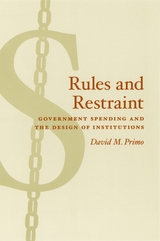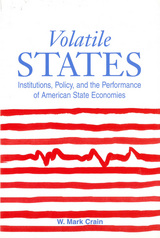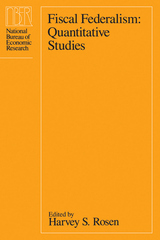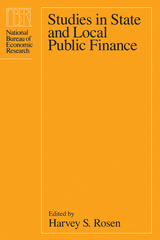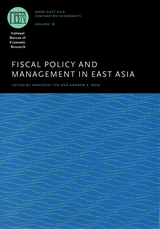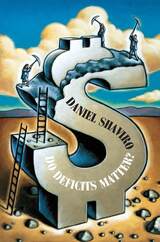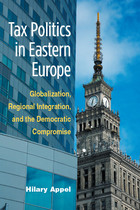Contents
Maps, Tables, and Figures xiii
Abbreviations xix
1 A Theory of the Local State 1
Interpreting 1927-37 and
1980-92 2/ The Local State 4/ The
Importance of Variation in Local
States 7/ Rethinking the Concept
of State-Society
Relations 10/ Local State
Building 12/ Local State
Building 14/ Modernity and State
Building 15/ Focus on Taxation and
Public Finance 19/ Cases and
Sources 20/ Outline of the Book 24
Part I
Local States in Republican China,
1927-1937
Introduction to Part I 29
The State During the Qing
Era 29/ Financing the Qing
State 32/ The State During the
Republic 35/ Financing the
Republican State 37
2 Local State Building in Guangdong
Province, 1927-1937 41
The Economies, Politics, and
Social Structure of Kaiping and
Nanxiong 44/ The Provincial and
Central Context of County
Finance 51/ Measuring Provincial
State Building 52/ Province-County
Fiscal Relations 57/ Local
Revenues and Expenditures in
Kaiping and Nanxiong 58/ Formal
and Informal Tax and Finance
Organizations 72/ The Evolution of
Provincial Tax Farming at the
County Level 80/ Making Sense of
State Building in Kaiping and
Nanxiong, 1927-37 86
3 Local State Building in Hebei Province,
1927-1937 89
Economic Overview of the
Counties 90/ County
Finances in Hebei 94/ Formal and
Informal Tax and
Finance
Organizations 106/ Collecting
Commercial Taxes: Patterns of Tax
Farming 116/ Extrabureaucratic
State Building 123
Part II
Local States in Post-Mao China, 1980-1992
Introduction to Part II 133
Politics and Public Finance During
the War 133/ Politics and Public
Finance During the Civil War,
1946-49 137/ Public Finance and
Taxation, 1949-58 138/ Tax and
Public Finance During the Great
Leap Forward 141/ Tax and Public
Finance During the Cultural
Revolution 143/ Tax and Public
Finance During the Reform
Period 144/ Did State Building
Take Place During the Mao
Years? 149
4 Local State Building in Guangdong
Province, 1980-1992 151
Economics and Politics in the Two
Counties 152/ Revenue Sharing and
Its Effects on County
Revenues 157/ County-Level State
Building 168/ Explaining State-
Building Outcomes 190
5 Local State Building in Tianjin
Municipality, 1980-1992 198
Economics and Politics in Jinghai
and Jixian Counties 198/ Budgets
and Revenue Sharing in Tianjin
Municipality 204/ County Income
and Expenditures 212/ County-Level
State Building in Tianjin
Municipality 220/
Explaining State Building in
Jinghai and Jixian, 1980-92 235
6 Conclusion: Local State Building and
Local State Variation 239
State Involution 239/ What Kinds
of States Were
Built? 242/ Local State
Variations 244/ Sources of
Isomorphism in Tax and Public
Finance 252/ Consequences of Local
State Building for the Central
State 257/ Implications of the
Approach Beyond Finance and Beyond
China 259/ The Future of Tax and
Public Finance in China 261
Reference Material
Notes 267
Works Cited 289
Index 309
Library of Congress Subject Headings for this publication: Finance, Public China Guangdong Sheng History 20th century, Finance, Public China Tianjin History 20th century, Finance, Public China Hebei Sheng History 20th century, Taxation China Guangdong Sheng History 20th century, Taxation China Tianjin History 20th century, Taxation China Hebei Sheng History 20th century, Guangdong Sheng (China) Politics and government 20th century, Tianjin (China) Politics and government 20th century, Hebei Sheng (China) Politics and government 20th century, Local government China Case studies

